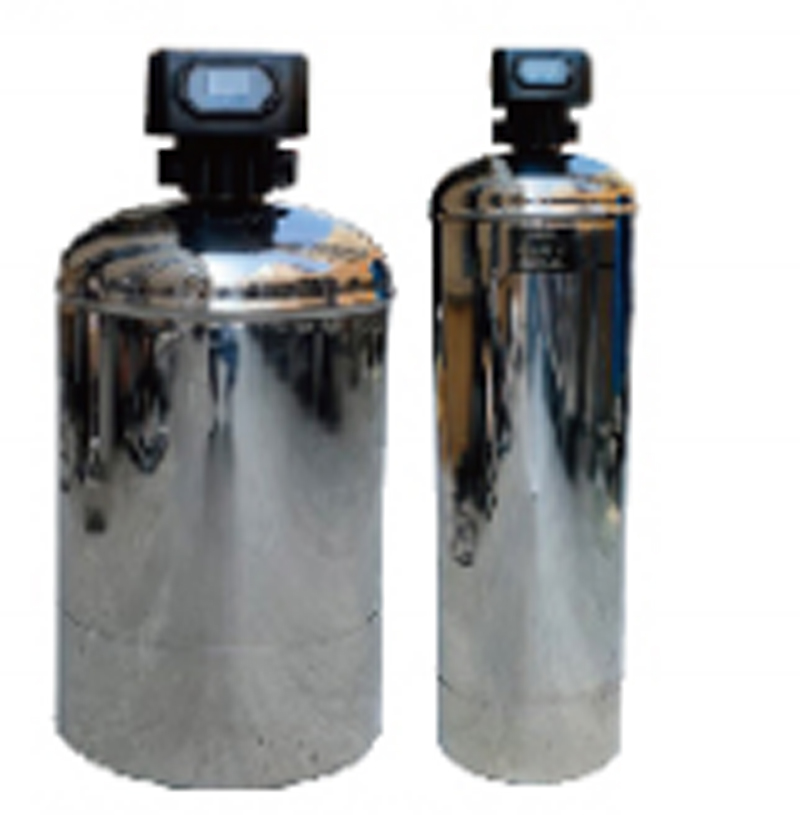The Function of activated carbon in water purification
Using the adsorption method of activated carbon filter material to purify water is to utilize its porous solid surface to adsorb and remove organic or toxic substances in water, so as to achieve purification of water. Studies have shown that activated carbon has strong adsorption capacity for organic compounds within the molecular weight range of 500-1000. The adsorption of organic matter by activated carbon is mainly affected by its pore size distribution and organic matter characteristics, which are primarily influenced by the polarity and molecular size of the organic matter. For organic compounds of the same size, the greater the solubility and hydrophilicity, the weaker the adsorption capacity of activated carbon, while the opposite is true for organic compounds with small solubility, poor hydrophilicity, and weak polarity such as benzene compounds and phenol compounds, which have strong adsorption capacity.
In the raw water purification process, activated carbon adsorption purification is generally used after filtration, when the obtained water is relatively clear, containing a small amount of insoluble impurities and more soluble impurities (calcium and magnesium compounds).


The adsorption effects of activated carbon are:
① It can adsorb a small amount of residual insoluble impurities in water;
② It can adsorb most of the soluble impurities;
③ It can adsorb the peculiar smell in water;
④ It can adsorb the color in water, making the water transparent and clear.
Post time: Aug-01-2023

